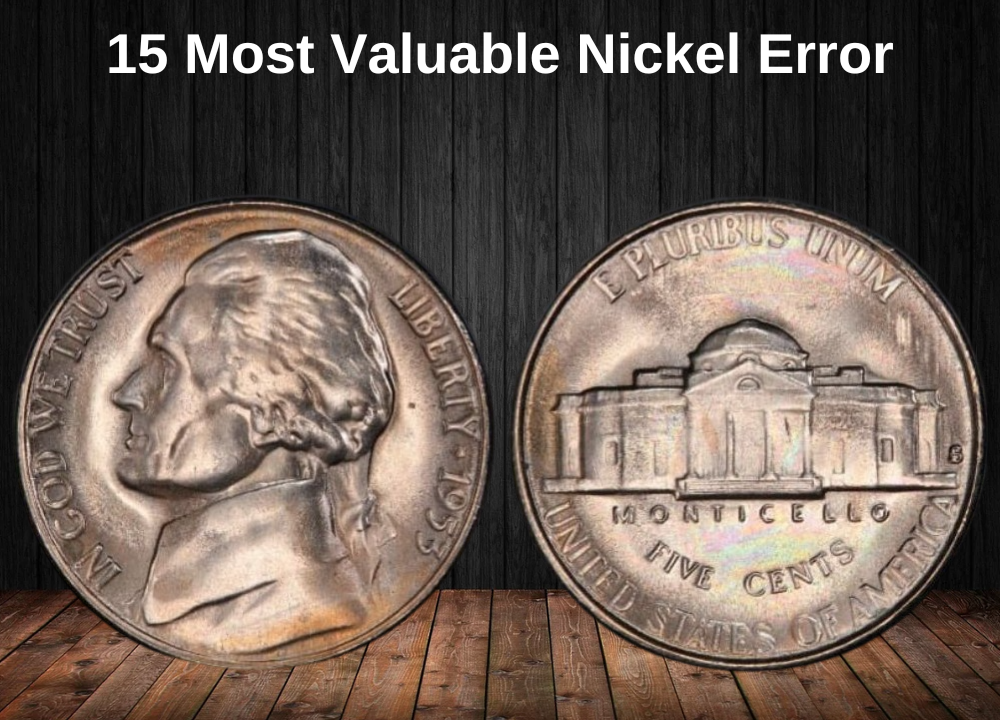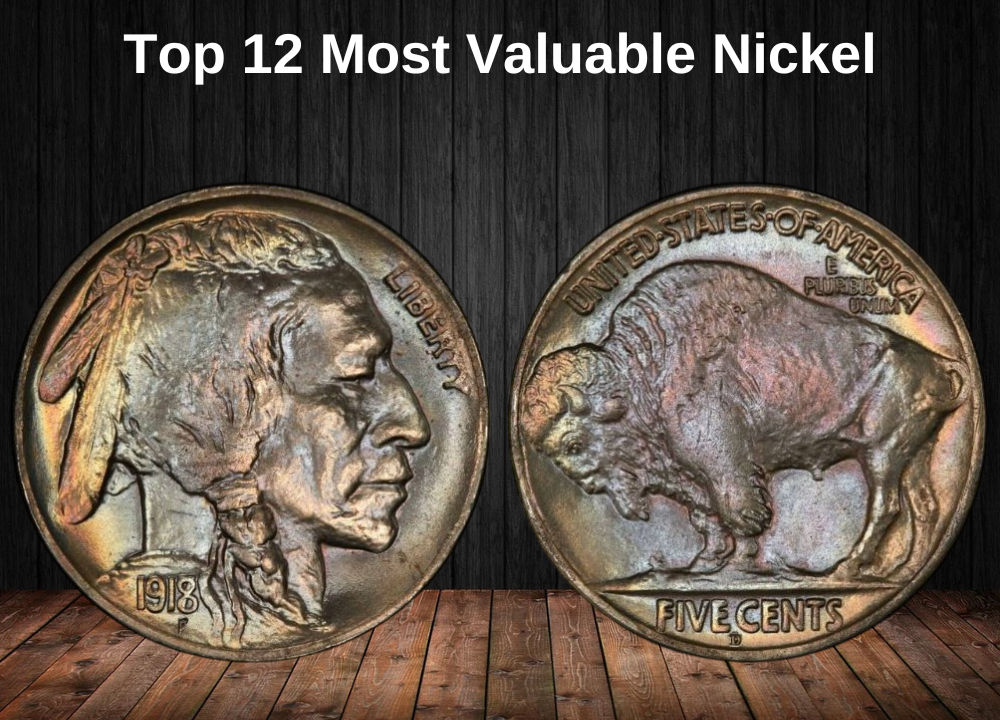Nickel Coin Varieties

Shield Nickel
(1866-1883)

Liberty Nickel
(1883-1912)

Buffalo Nickel
(1913-1938)

Jefferson Nickel
(1938-Present)
Nickel Coin Value By Year
While many nickels appear ordinary, certain years hold unexpected treasures. This guide highlights the most valuable Buffalo and Jefferson nickels by date. From low-mintage semi-key coins to rare and highly sought-after issues, specific years and varieties stand out among collectors. A coin’s mintmark, overall condition, and strike quality play a major role in determining its value. Find out which 20th-century 5-cent coins can command impressive prices at auction.
| 1911 | 1920 | 1923 | 1925 |
| 1926 | 1927 | 1928 | 1929 |
| 1930 | 1934 | 1935 | 1936 |
| 1937 | 1939 | 1940 | 1941 |
| 1942 | 1943 | 1944 | 1946 |
| 1947 | 1948 | 1952 | 1954 |
| 1955 | 1957 | 1958 | 1959 |
| 1960 | 1961 | 1962 | 1963 |
| 1964 | 1965 | 1966 | 1970 |
| 1973 | 1974 | 1976 | 1977 |
| 1979 | 2005 |
Most Valuable Nickel Coins Lists
Nickels may seem like small change, but certain rare dates and varieties can be worth a fortune. This ranking showcases the most sought-after and valuable U.S. 5-cent coins in the collecting world. From classic Buffalo and Jefferson designs to multi-million-dollar rarities, discover the nickels that have fetched astonishing prices at auction. Learn which mintages, errors, and condition rarities elevated these coins to numismatic fame and six-figure price tags.
History of the U.S. Nickel
The nickel has been a cornerstone of American coinage since its introduction in 1866. Over more than 150 years, it has seen multiple design changes, yet it has consistently remained a key part of everyday currency.
The Shield Nickel (1866–1883)
The very first nickel, known as the Shield nickel, debuted in 1866. Its obverse featured a Union shield topped with rays and stars, while the reverse displayed a large numeral “5” encircled by thirteen stars, representing the original colonies. Struck in a copper–nickel alloy, this was the first U.S. coin to bear the denomination “cents” to avoid confusion with half dimes.
The Liberty Head or “V” Nickel (1883–1913)
In 1883, the Liberty Head nickel replaced the Shield nickel. Designed with a left-facing portrait of Lady Liberty wearing a coronet, it displayed a large Roman numeral “V” (for five) on the reverse, surrounded by stars. Its composition was standardized at 75% copper and 25% nickel — the same formula still used today.
The Buffalo Nickel (1913–1938)
One of America’s most beloved coin designs arrived in 1913 — the Buffalo nickel by James Earle Fraser. The obverse portrayed a composite profile of Native American chiefs, while the reverse featured an American bison. It was the first circulating U.S. coin to showcase both a Native American and an animal, and it retained the familiar copper–nickel composition.
The Jefferson Nickel (1938–Present)
The Buffalo nickel was succeeded in 1938 by the Jefferson nickel. Its obverse features President Thomas Jefferson, while the reverse originally depicted his Monticello estate. Early on, some criticized its plain style, but it has since become one of the most recognizable U.S. coins. While Jefferson’s portrait has been modernized over the years, Monticello remains the enduring reverse design, with occasional special issues.
The Nickel Today
Modern nickels maintain the classic 75% copper and 25% nickel alloy, balancing durability with a timeless silvery appearance. Whether as a collector’s item or everyday change, the nickel has adapted through changing eras while holding its place as an enduring symbol of American coinage.


